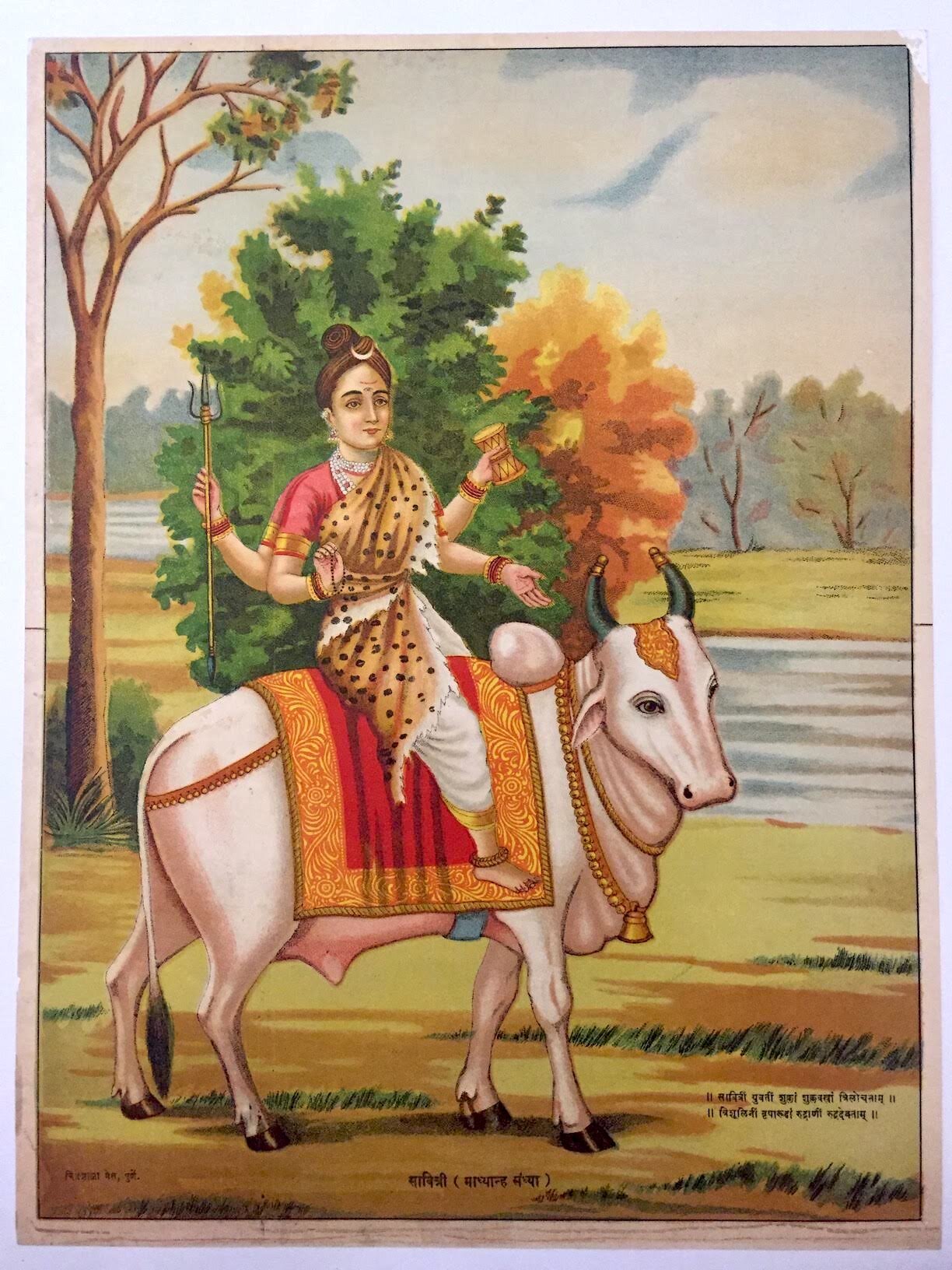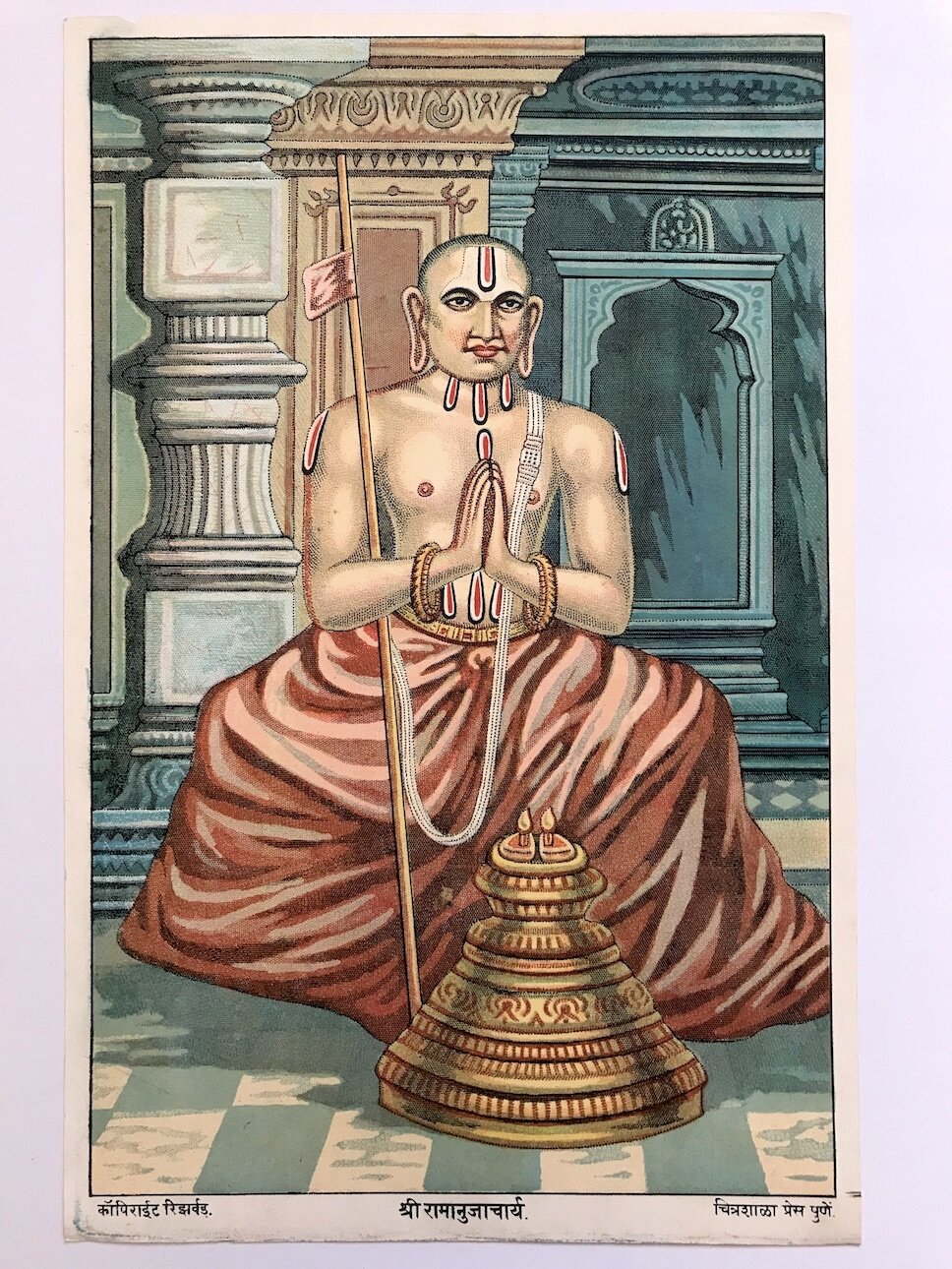Chitrashala Press Pune Oleographs
Portraits & Mythology
Art365 | New Delhi, India
Balaji Janardhan alias Nana Fadnavis
Chitrashala Press Poona 1884
Size 27” x 36”
For prices and other information, please call or email.
If there’s something you’re looking for and don’t see it here, feel free to reach out and we’ll source it for you.
Closely linked to the Indian nationalist movement and, at times, the revolutionary movement of Western India, Chitrashala Press was founded in Poona in 1878 by Vishnu Krishna Chiplunkar (1850-1882), in partenership with Balkrishna Pant Joshi and Shankar Tukaram Shahigram. Chiplunkar was an exemplary personality who in his short life had a deep influence on the nationalist thinking of Bal Gangadhar Tilak.
Chiplunkar established two printing presses: the Arya Bhushan for printing Tilak’s newspapers ‘Kesari’ and ‘Mabratta’; and the Chitrashala Press, for encouraging fine arts, viewing publication of journals and of chromolithographs as complimentary activities. Earlier, in 1874, Chiplunkar had started an influential literary and political magazine - ‘Nibandha Mala’.
The earliest print issued by Chitrashala Press was of Nana Fadnavis, a heroic figure for Chitpavan Brahmans such as Tilak and Chiplunkar. However, the first commercial success for the printing press came with the Hindu mythological print ‘Rampanchayatan’, based on a painting made in 1874. Chitrashala sold two thousand copies of this print in a month and followed it up by ‘Shivpanchayatan’.
Following the success of these prints, Chitrashala produced more than a hundred large format coloured lithographs of Hindu mythological deities that were appealing to Indians across North and Western India. These images clearly marked the impact of the ‘single point perspective’, incorporating life-study drawings and exotic ‘European looking landscapes’, a hallmark of printed images of gods at that time.
In the wake of the 1910 Press Act that intensified state surveillance of visual and written texts, Chitrashala Press used images on postcards to covertly further their anti-colonial propoganda. They printed images of decorative caged and uncaged parrots on postcards to be widely used by the public. Possibly owing to this political antagonism to colonial rule, the Chitrashala Press was largely marginalised in colonial narratives, in stark contrast to the Ravi Varma Press’ appeal to colonial patrons. Chiplunkar’s death in 1882 led to the newly appointed manager buying over the shares of the other two partners. The functioning of the press continued well into the 20th century.














































